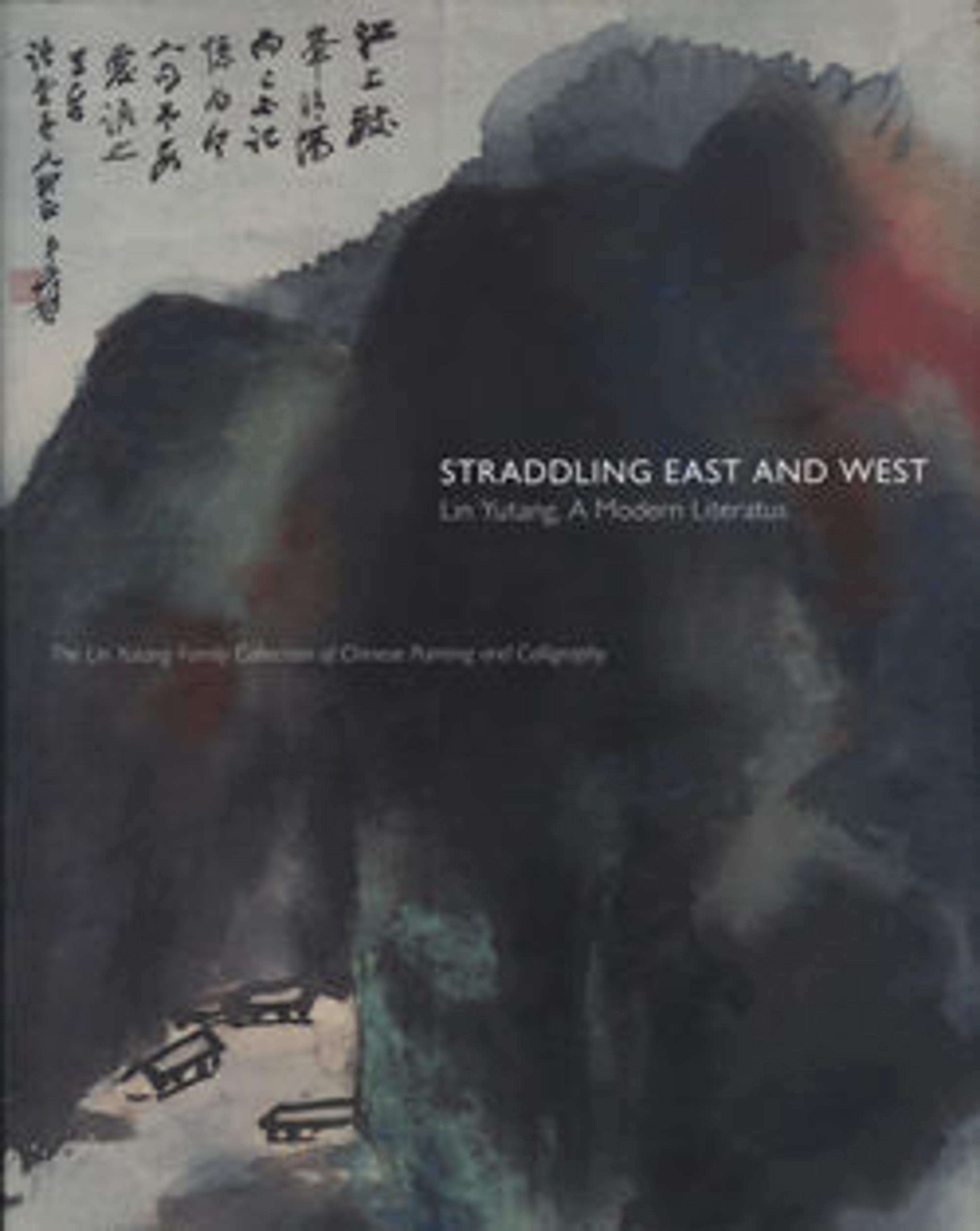Heavenly Horse
All his life, Xu Beihong championed the revitalization of Chinese painting through an integration of Western-style realism and Chinese brush techniques. Here, using sharp tonal contrasts of ink and white paper, Xu's swift rendition of this noble steed embodies the spirit of a traditional "ink play." The horse's naturalistic pose is deftly captured in abbreviated brushwork. The chiaroscuro modeling of its form is more subjective than scientific, but the horse's accurate anatomy and the convincing foreshortening of its body reflect Xu's solid grounding in Western academic art. The hauteur of the unleashed, unmounted animal isessentially Western in character, whereas its mane and tail, blowing unnaturally in opposite directions, attests to the artist's ultimately subjective (Chinese) approach.
Xu's passionate images of horses, a traditional symbol of Chinese martial spirit, were intended to inspire patriotic resistance during the Sino-Japanese War (1937–45). Here, for example, the artist reveals his own sense of frustration by adding a poem by Du Fu (712–770) that describes a famous breed of war horses that had been put to pasture because of their old age despite their continued willingness to fight:
Nanshi [in Gansu province] is a congenial habitat for heavenly horses;
Tens of thousands of them are always stalwart.
Floating clouds expand across the vast frontier;
Autumn grasses grow tall over the mountains.
I have heard that the pure bloodline of dragon-horses
Lives on in the aging Sushuang horse.
Neighing sadly longing to fight,
It stands tall facing the sky.
(trans. by Shi-yee Liu)
Xu's passionate images of horses, a traditional symbol of Chinese martial spirit, were intended to inspire patriotic resistance during the Sino-Japanese War (1937–45). Here, for example, the artist reveals his own sense of frustration by adding a poem by Du Fu (712–770) that describes a famous breed of war horses that had been put to pasture because of their old age despite their continued willingness to fight:
Nanshi [in Gansu province] is a congenial habitat for heavenly horses;
Tens of thousands of them are always stalwart.
Floating clouds expand across the vast frontier;
Autumn grasses grow tall over the mountains.
I have heard that the pure bloodline of dragon-horses
Lives on in the aging Sushuang horse.
Neighing sadly longing to fight,
It stands tall facing the sky.
(trans. by Shi-yee Liu)
Artwork Details
- 現代 徐悲鴻 天馬圖 軸
- Title: Heavenly Horse
- Artist: Xu Beihong (Chinese, 1895–1953)
- Period: Republic period (1912–49)
- Date: dated 1942
- Culture: China
- Medium: Hanging scroll; ink on paper
- Dimensions: Image: 26 5/8 x 11 1/8 in. (67.6 x 28.3 cm)
Overall with mounting: 89 x 18 1/8 in. (226.1 x 46 cm)
Overall with knobs: 89 x 21 in. (226.1 x 53.3 cm) - Classification: Paintings
- Credit Line: The Lin Yutang Family Collection, Gift of Richard M. Lai, Jill Lai Miller, and Larry C. Lai, in memory of Taiyi Lin Lai, 2005
- Object Number: 2005.509.15
- Curatorial Department: Asian Art
Audio
7423. Heavenly Horse
0:00
0:00
We're sorry, the transcript for this audio track is not available at this time. Please email info@metmuseum.org to request a transcript for this track.
More Artwork
Research Resources
The Met provides unparalleled resources for research and welcomes an international community of students and scholars. The Met's Open Access API is where creators and researchers can connect to the The Met collection. Open Access data and public domain images are available for unrestricted commercial and noncommercial use without permission or fee.
To request images under copyright and other restrictions, please use this Image Request form.
Feedback
We continue to research and examine historical and cultural context for objects in The Met collection. If you have comments or questions about this object record, please contact us using the form below. The Museum looks forward to receiving your comments.
